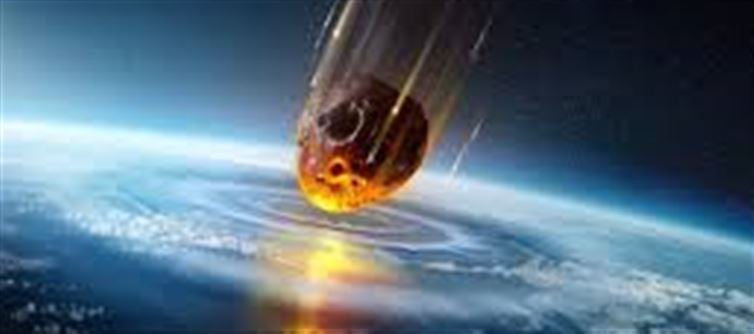
A new study has revealed a fascinating twist in Earth’s history: microbial life survived and thrived after a massive asteroid impact 78 million years ago. This discovery sheds light on how life can emerge even after catastrophic events. Here’s what scientists found:
☄️ 1. The Asteroid Impact
- Happened 78 million years ago during the Late Cretaceous
- Created a massive crater on Earth’s surface
- The impact was powerful enough to devastate local ecosystems
🦠 2. Life Found a Way
- Researchers discovered microbial colonies in the crater
- Microbes not only survived the extreme heat and shockwaves but flourished in the crater’s environment
- Suggests that extreme conditions can create new niches for life
🔬 3. How Microbial Life Thrived
- Crater provided nutrient-rich minerals from asteroid debris
- Heated water and volcanic-like conditions supported microbial metabolism
- Life adapted to high stress environments, demonstrating resilience
🌱 4. Scientific Implications
- Challenges assumptions that asteroid impacts always cause mass extinctions
- Shows that life can emerge in previously uninhabitable conditions
- Offers insights for astrobiology and the search for life on other planets
🪐 5. Lessons for Space Exploration
- If microbes thrived in a crater on Earth, similar conditions on Mars or icy moons may also support life
- Crater environments could be prime locations to search for microbial fossils
- Reinforces the idea that life is extremely adaptable and resilient
🧪 6. Methodology of the Study
- Researchers used geochemical analysis and microscopic imaging
- Traced microbial activity using carbon isotopes and mineral markers
- Confirmed life’s presence and metabolic activity post-impact
💡 7. Final Takeaway
The asteroid impact did not mark the end of life but instead triggered new beginnings. This discovery highlights the resilience of microbial life and expands our understanding of how life can adapt to extreme environments—even after cosmic catastrophes.
Disclaimer:
The views and opinions expressed in this article are those of the author and do not necessarily reflect the official policy or position of any agency, organization, employer, or company. All information provided is for general informational purposes only. While every effort has been made to ensure accuracy, we make no representations or warranties of any kind, express or implied, about the completeness, reliability, or suitability of the information contained herein. Readers are advised to verify facts and seek professional advice where necessary. Any reliance placed on such information is strictly at the reader’s own risk..jpg)




 click and follow Indiaherald WhatsApp channel
click and follow Indiaherald WhatsApp channel